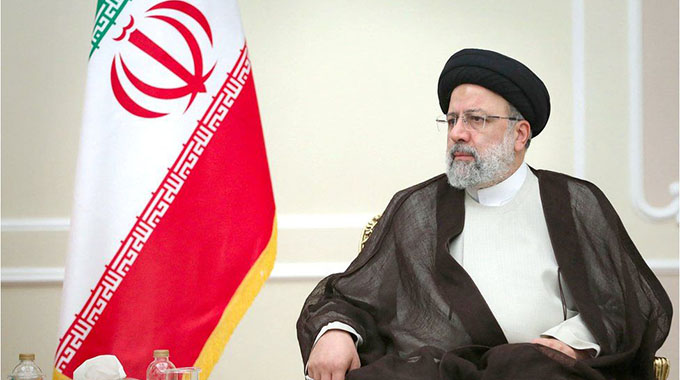IMF chief Lagarde in historic about-turn
this week to help contain Europe’s mounting debt crisis.
Her first visit to Latin America since taking office in July marks a role reversal for a region that harbours deep-seated resentment over decades of IMF-imposed austerity measures, said Roberto Abdenur, a former Brazilian ambassador to the US.
“Previously local authorities trembled when even the most junior IMF official visited,” Abdenur said in a telephone interview. “Today, the chief is coming to seek aid. It’s an historic about-turn.”
Struggling with repeated crises until just over a decade ago, Latin America today helps drive global growth with expansion forecast at 4,5 percent this year, compared with 1,6 percent for developed nations, according to the IMF.
Lagarde wants to tap the new-found wealth of Brazil and Mexico to beef up the fund’s resources to contain the debt crisis, while placating their demands for a larger say at the institution.
Many in Latin America wanted to break with the tradition of choosing a European national to head the IMF, with several countries supporting Lagarde’s main rival for the post, Mexico’s central bank chief Agustin Carstens.
“She realises the importance of having good relations with these countries,” said John Williamson, senior fellow at the Peterson Institute for International Economics in Washington, DC.
The trip by the 55-year old former French finance minister, which kicked off in Peru yesterday, is part of a broader effort that included visits to Russia, China and Japan to secure bilateral loans to the IMF as a way to help Europe, said Nancy Birdsall, president of the Washington-based Centre for Global Development, an aid research group.
“It’s a very good thing she’s doing this because you have to have the leadership on the management side, kind of corralling and persuading,” Birdsall said.
With about US$390 billion currently available for lending, the Washington-based IMF may not have enough money to meet demand, Lagarde has said.
The institution is preparing a US$794 billion loan for Italy in case the debt burden worsens, La Stampa reported yesterday, without saying where it got the information.
The loan would give Prime Minister Mario Monti 12 to 18 months to implement his reforms without having to refinance the country’s existing debt, the newspaper said.
Since late July global stock markets have lost more than US$9 trillion. In a sign of growing contagion from the euro-region debt crisis, the yield on Germany’s 10-year bond, long considered a haven, climbed to 2,26 percent on November 25, keeping the gap to US Treasuries near a 30-month high.
Mexico and Brazil, which alone has more than US$350 billion in international reserves, have said they are willing to do their part provided Europe boosted its own rescue efforts.
“We’re open to the discussion and we’ll try to be helpful,” Mexican Deputy Finance Minister Gerardo Rodriguez said in an interview at the G20 meeting in Cannes, France, on November 4. “It is in the hands of the Europeans, however, to come up with more specifics on the solutions and an additional effort.”
Things were very different ten years ago when Argentina declared the then largest sovereign debt default after months of dispute with the IMF in an economic crisis that brought down four presidents in two weeks.
In 2002, Brazil’s financial markets went into tailspin as Luiz Inacio Lula da Silva rose in opinion polls on concern the former union leader would go on a spending spree once in office.
Spreads on Brazil’s sovereign bonds over their US counterparts spiked at 2400 basis points. Yet, as president, Lula converted Brazil from an IMF debtor into a creditor.
Back in the 1980s, so many Latin American countries defaulted on their debt it became known as the lost decade for the region. – Bloomberg.






Comments